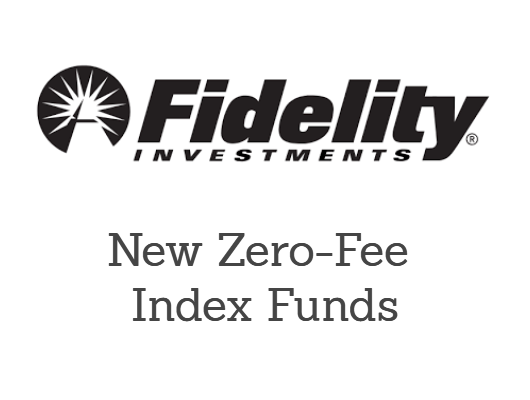With the continuing creation of smart-beta ETFs, it is probably only a matter of time before an ETF based on social sentiment will be produced. This may soon be the case: ETF.com reported that Market Prophit is seeking a ETF issuer to make an ETF based on its Market Prophit Social Media Sentiment Index. This index, with the Bloomberg symbol CROWD, is tracking long/short sentiment on Twitter. The index holds 25 components with a market cap above USD 1 billion and has a quarterly revision, though there’s a daily rebalancing. Year-to-date, the index is up 7% compared to a loss of 1.5% for the S&P 500 (data 15 Oct). So is this CROWD ETF an interesting investment proposition?
![By Doesn't say [CC0], via Wikimedia Commons ‘Twitter’ ETF: An ETF based on social sentiment?](https://i0.wp.com/upload.wikimedia.org/wikipedia/commons/f/f7/Social-media-communication.png?resize=500%2C501&ssl=1)
Let’s first look at the basic premise. The creator Market Prophit says the index is leveraging the concept ‘Wisdom of Crowds’. This concept states that a diverse group of people, the crowd, knows more than one person or even can provide a more accurate version of the truth. In a translation to today’s world, Market Prophit sees the pulse from social media users, the crowd, as a pure measure of public sentiment on stocks. There may be some valid points here, but this line of thought misses the essential point of market prices. Prices are nothing more than the equilibrium of demand and supply. As a measure of supply and demand, price is already reflecting the wisdom of the crowd.
Market Prophit follows 220,000 Twitter-users with tweets featuring the ‘cashtag’, or $ followed by the ticker symbol. These 220,000 users are called ‘Market Prophits’. Not everyone who tweets a cashtag automatically gets selected in the crowd. The tweets should be in English and have a clear description. Also the quantity of tweets matters in the selection process. But in an interview with ETF.com, Market Prophit CEO Igor Conta said CROWD’s underlying algorithms filter smart from dumb money. This is an interesting concept, since a ‘wiser’ crowd will remain.
However, restricting the ‘Wisdom of the crowd’ to Twitter users is remarkable. There are a number of other social media investing platforms. Take for instance Stocktwits.com, which also offers an endless stream of stock related tweets. Or the research platform Seeking Alpha, where everyone can contribute, however contributions are screened on quality of arguments. Nevertheless, this platform thrives on interaction and dialogue of its users, and would arguably be a good fit in the crowd.
One potential problem lies in the daily rebalancing. To have an accurate sentiment-tracker, CROWD needs to rebalance long/short ideas at the end of each trading day. This is a disadvantage to large index trackers, which rebalance monthly or quarterly. The problem with rebalancing is that underlying shares have to be traded, causing transaction costs, borrowing cost to short etc. This has a huge impact on performance. CEO Conta downplays this issue, referring to tight bid/ask-spreads and the significant outperformance the index. Active traders know that high turnover certainly is an issue, so it will be interesting to see how much of CROWD’s outperformance will remain in real life trading.
The idea of following the wisdom of a certain group is not new. The Global X Guru Index ETF (GURU) tracks the 13F fillings of Hedge funds. This data is used to compile the ‘highest conviction’ ideas of Hedge Funds. As shown in the graph below, GURU (blue line) shows an outperformance of the broader market, measured by S&P 500 Index (red line). However, based on a period since June 2012, the outperformance is only a bit more than 4%.

Concluding, the idea of a social media sentiment tracker is interesting. However, following the thesis of the wisdom of the crowd, restricting to ‘smart’ twitter-users may be too restrictive since a number of specialized social media platforms co-exist. In addition, the high turnover due to daily rebalancing is an issue. Nevertheless, if Market Prophit indeed succeeds in finding a partner, it will be very interesting to see whether it can proof the projected (out)performance.


